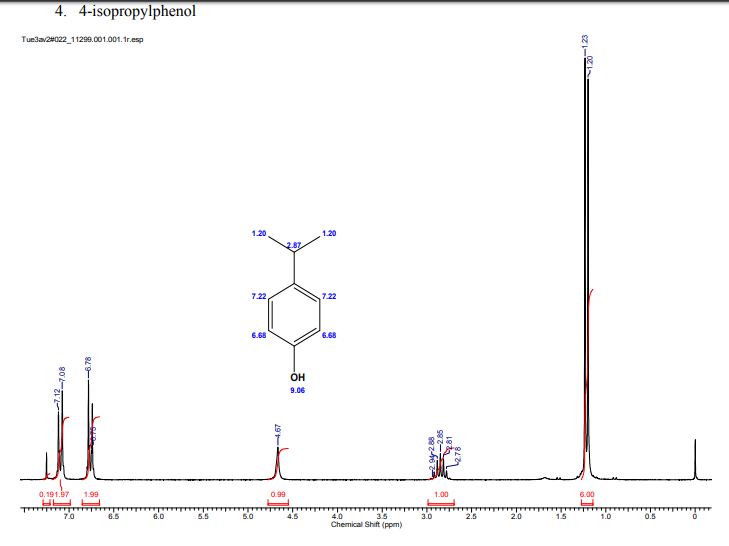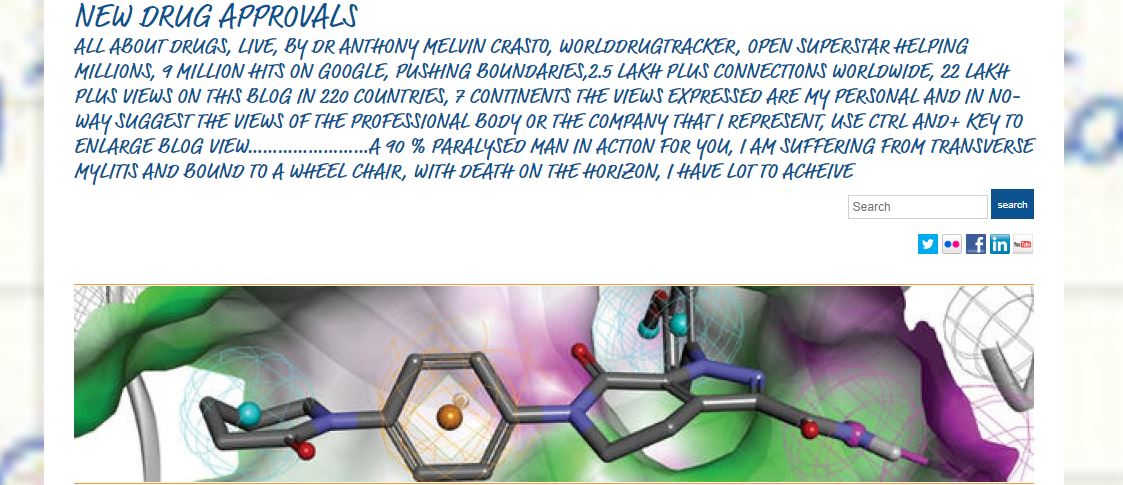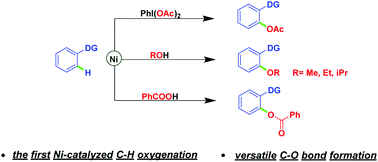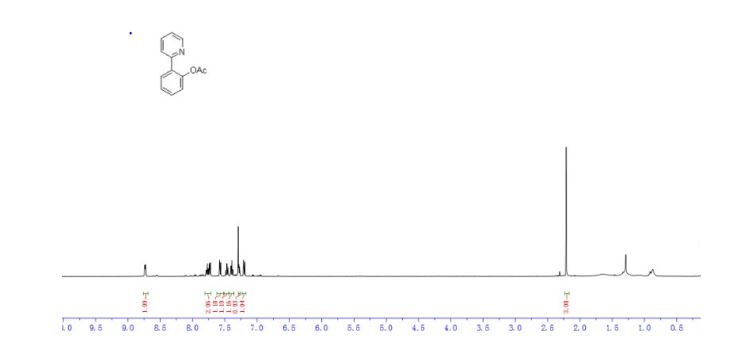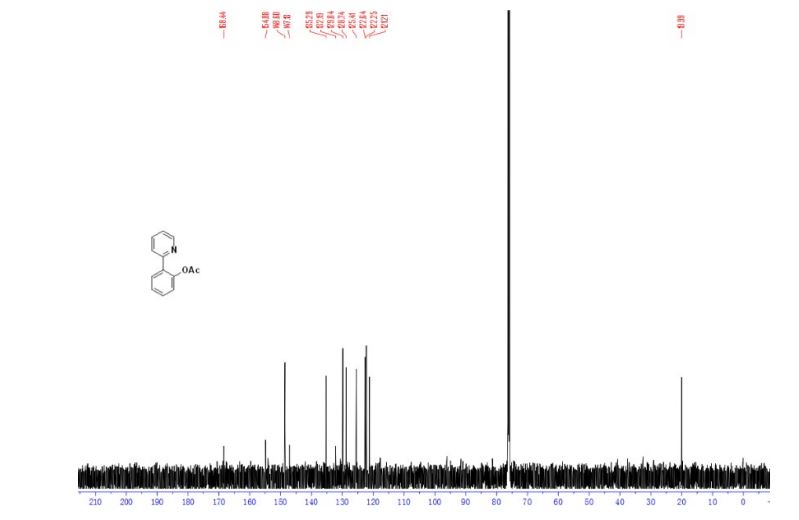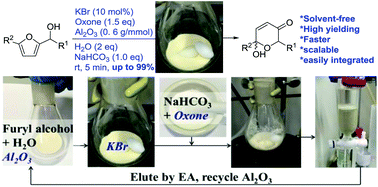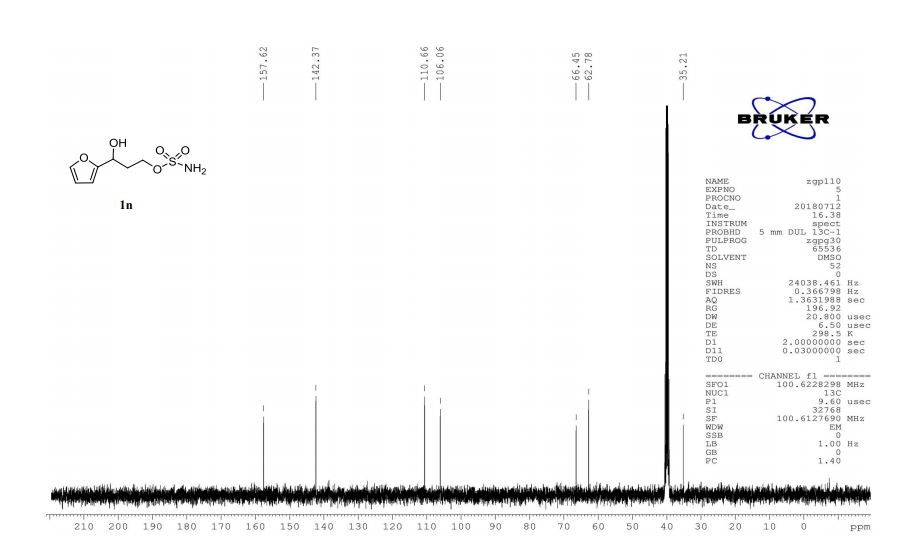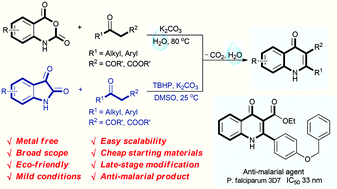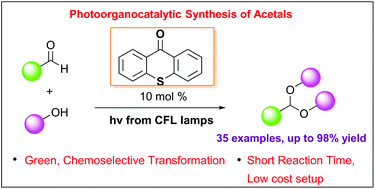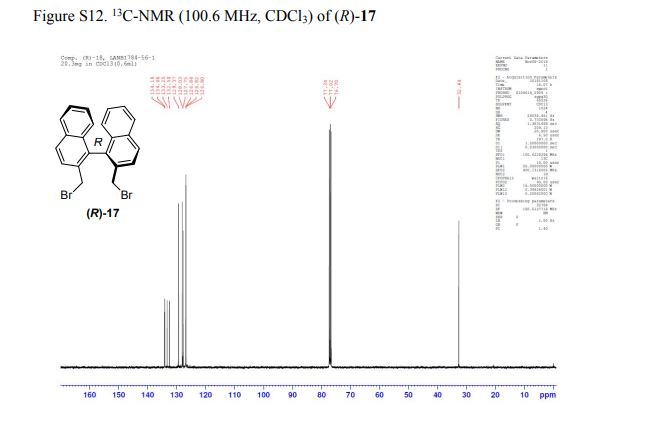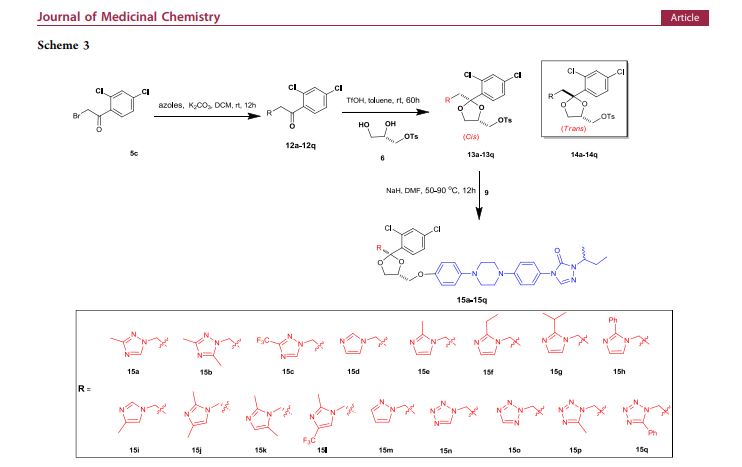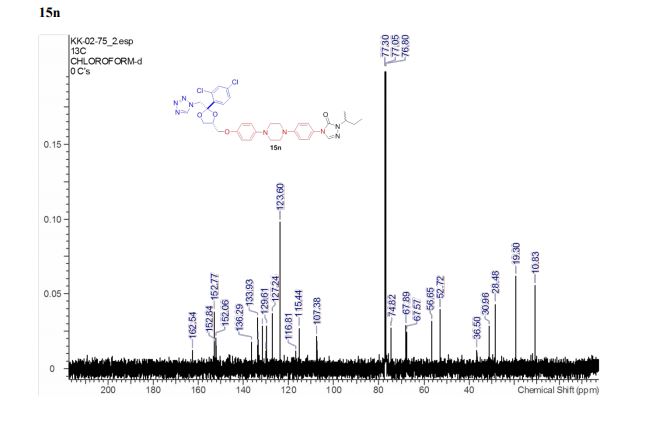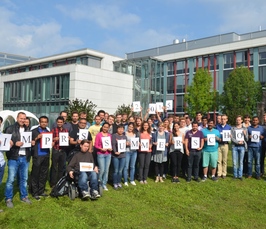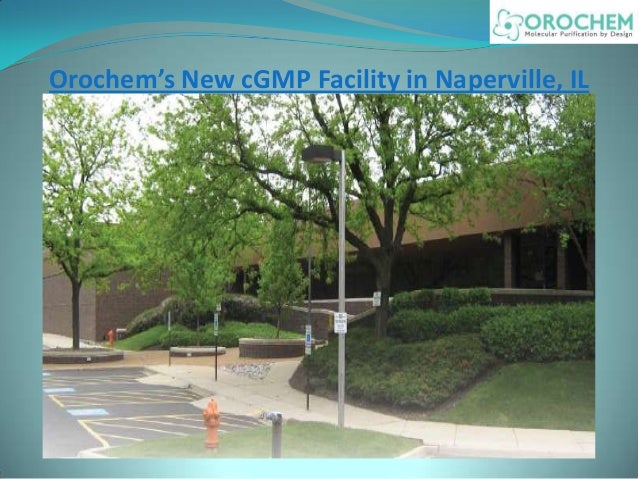Top 20 General Pharmacology Questions Every one of us Should Know
*Q.1 What is Pharmacology?*
Ans: Pharmacology is a branch of science that deals with the interaction of drugs with living organisms. Or The study of Pharmacokinetics and Pharmacodynamics.
*Q.2 What is a Drug?*
Ans: A drug is any chemical entity that causes a change in biological function in a living organism.some drugs are formed inside the body such as insulin and noradrenaline etc.drugs that are introduced into the body from outside are called Xenobiotics.
*Q.3 What Is a Dose?*
Ans: A Specific Amount of Drug Prescribed to be taken at one time.
*Q.4 What Is Blood Brain Barrier?*
It is A Tight Endothelial Cells Of the Brain Capillaries And Glial Cells Of The Brain Around The blood capillaries that doesn’t allow the passage of certain lipid insoluble substances to pass from the blood into the brain.Lipid Soluble Drugs can easily Cross This Barrier.Examples Of Lipid soluble Drugs are; Diazepam, Thiopental, And Phenobarbitol.
*Q.5 What is Volume Of Distribution?*
Ans: The total Volume Of The Body Fluid in which a drug appears to be distributed according to its concentration in the blood or plasma.VD of a drug can be determined by the following Formula,
VD (Volume OF Distribution) =Total Amount OF Drug In the Body/Concentration of drug in the blood plasma.
*Q.6 What Is Potency?*
Ans: It is the weight of the drug that produces a certain magnitude of response.For Example Lesser the weight of drug required to produce a given effect, more its potency.Also More the weight of the drug required to produce the same effect lesser its potency.e.g Clonidine Produce its antihypertensive effect in 0.2-0.3mg Daily Dose.While Antihypertensive dose of methyldopa is 500-2000mg Per Day.Thus Clonidine IS more Potent than methyldopa.
*Q.7 What Is Efficacy?*
Ans:If the dose of a drug is increased its effect will be increased proportionately, until a stage is reached beyond there is no further increase in effect will occur,even if a large dose of drug is given.thix maximum effect of drug beyond which no further increase in its effect occurs even if the dose of the drug is increased to a large amount is called efficacy or maximal efficacy.example morphine has more efficacy than aspirin as an analgesic .morphine is more effective in the severe type of pains while aspirin is effective in mild to moderate pain.
*Q.8 What is Therapeutic index?*
The ratio between median toxic dose (TD50) and median effective dose (ED50) is called therapeutic index.
Therapeutic index= TD50/ED50
*Q.9 What is idiosyncrasy?*
It is a rare type of response to a drug that is not related to its dose, that is, even a small dose can cause it.For example.A rare adverse effect with chloramphenicol is aplastic anemia.
*Q.10 What is Hypersensitivity?*
An allergic or immunological response to a drug .for example anaphylactic shock with penicillin is a severe type of hypersensitivity reaction.
*Q.11 What is Tolerance?*
Ans: Repeated use of a drug causes a gradual decrease in the response to the drug.e.g chronic use of morphine will decrease many of its effects in the body, therefore the dose of the drug has to be increased with the passage of time to maintain the usual effects of the drug.
*Q.12 What is a Receptor?*
Ans: Receptor is a macromolecule (Big molecule).Most of the receptors are protein in nature.mostly those drugs that act on the cells bind to the receptors.Those drugs which bind to the receptor and show their effect are called agonists.While some drugs bind to the receptor but don’t produce an effect.These drugs are known as an antagonist as they prevent the binding of agonists with the receptors.
*Q.14 What is the adverse drug reaction?*
Drugs may produce two types of effect i.e Useful effects and harmful effects.harmful effects are also known as adverse drug reaction or undesired effects.These effects may range from the mild type of adverse effect to severe effects that may cause a death of the person.
Adverse drug reaction may be classified into the following types;
Idiosyncrasy
Drug allergy
Direct toxic effect
Drug dependence
Tolerance
*Q.15 What is Shock?*
It is a clinical condition in which there is an inadequate supply of blood to
tissues.it causes hypotension, oliguria, and metabolic acidosis.Following are the common types of shock:
A. Hypovolemic shock
B. Septic shock
C. Cardiogenic shock
D. Anaphylactic shock
*Q.16 What is Drug Clearance?*
Ans: It Can be defined as Volume Of blood or plasma cleared of the drug in a unit period of time.Thus, to determine clearance we have to find that volume of blood or plasma from which a drug is removed during a unit period of time.By removal of drug we mean metabolism and excretion of drug.if we know the clearance of a drug we can adjust its dose properly.clearance of the drug can be determined by the following formula.
Cl: Rate of elimination/Concentration of drug in the blood
Where is Cl is clearance?
*Q.17 What is Drug Excretion?*
Ans: Removal of drugs from the body is known as their excretion.Drugs are excreted from the body either in the form of their metabolites or in unchanged form.Excretion can occur from the following routes;
A) Faecal
B) Renal
C) Biliary
D)Pulmonary
E)Others like to sweat, saliva, milk etc
*Q.18 What is Toxicology?*
It is an aspect of pharmacology that deals with the adverse effects of drugs on living organisms .in addition to drugs used in therapy, it also deals with many other chemicals that may be responsible for the household, environmental, or industrial intoxication.
*Q.19 What is antidote?*
Ans: Antidotes are Any Substance which Is Used To oppose the effects of poisons without causing any damage to The body. Example antidote for benzodiazepine is flumazenil.
*Q.20 What is Bioavailability?*
It can be defined as a fraction of unmodified drug reaching into the systemic circulation after it is administered by any route.IV administration of drug produces 100% bioavailability as a whole of the drug enters the systemic circulation.Oral administration of the drug may not produce 100% bioavailability due to incomplete absorption of a drug from the Gastrointestinal tract and due to first pass effects of some of the drugs.
[29/12, 10:20 AM] +91 93017 24365: *Sun Pharma arm gets relief from US court in patent infringement case*
_The lawsuit alleged trade secret misappropriation and patent infringement of DUSA’s photodynamic therapy patents covering its product._
: Sun Pharma Wednesday said, DUSA Pharmaceuticals, an arm of of the Mumbai based pharma giant, has received relief from a US court in a patent infringement case.
Massachusetts-based DUSA has been granted preliminary injunctive relief by a federal district court prohibiting defendants Biofrontera Inc, Biofrontera Bioscience GmbH, Biofrontera Pharma GmbH, and Biofrontera AGf from using its confidential and proprietary trade secret information, Sun Pharmaceutical Industries said in a regulatory filing.
Earlier this year, DUSA, which is wholly-owned by Sun Pharma, filed a lawsuit against the Biofrontera defendants in the US District Court for the District of Massachusetts.
The lawsuit alleged trade secret misappropriation and patent infringement of DUSA’s photodynamic therapy patents covering its product.
DUSA, in its amended complaint filed in July 2018, additionally alleged the Biofrontera defendants misappropriated confidential and trade secret information by obtaining confidential information from its former employees to sell and market defendants’ own products.
The lawsuit sought an assessment of both damages and injunctive relief against the Biofrontera defendants, Sun Pharma said.
The court’s order prohibits Biofrontera from making use of or disseminating DUSA’s sales and financial information, customer lists and customer target lists, training and marketing materials, standard operating procedures, technical information, and unpublished clinical data, and any derivations thereof, effective immediately, it added.
[29/12, 10:32 AM] +91 93017 24365: **CDSCO tightens safety & labelling rules for acne drug isotretinoin, prescription mandatory*The Central Drugs Standard Control Organisation (CDSCO) has tightened safety guidelines and labelling rules for isotretinoin capsules, an oral drug used for the treatment and prevention of severe acne, citing harmful side effects and adverse reactions. The national drug regulator is learnt to have taken the action following complaints received by the Centralised Public Grievance Redress and Monitoring System.
The stricter regulations for manufacture and retail of isotretinoin were recommended by the CDSCO’s Subject Expert Committee for dermatology and allergy at its recent meeting.
Isotretinoin is an oral derivative of vitamin A. According to clinicians, the medication is prescribed to people who have severe and painful acne that affects their quality of life. The average course of treatment is 4-6 months. It is available in India under various brand names such as Zenatane, Isotroin, Retinon, Aktret, Ratino and Isopad. Many users also obtain the product online.
Isotretinoin’s 10mg and 20mg capsules were approved by the CDSCO way back in 2002 for treatment of severe nodular acne that were unresponsive to antibiotic therapy. The nod was given with various conditions including box warning on packs for female patients as the drug may cause severe birth defects.
Making the rules more rigorous, the national regulator has ordered drug controllers of all states and Union Territories to ensure that the medicine is sold on prescription of dermatologists only. Moreover, chemists should maintain details of the sale as per requirements of Drugs & Cosmetics Rules of 1945.
The drug pack should henceforth carry the following *box warning* : *“This medicine may cause severe birth defects; you must not take this medicine if you are pregnant or may likely become pregnant during treatment. You should also avoid pregnancy for 6 months after stopping the treatment”.*




 READ
READ DRUG APPROVALS BY DR ANTHONY MELVIN CRASTO …..FOR BLOG HOME CLICK HERE
DRUG APPROVALS BY DR ANTHONY MELVIN CRASTO …..FOR BLOG HOME CLICK HERE amcrasto@gmail.com
amcrasto@gmail.com















